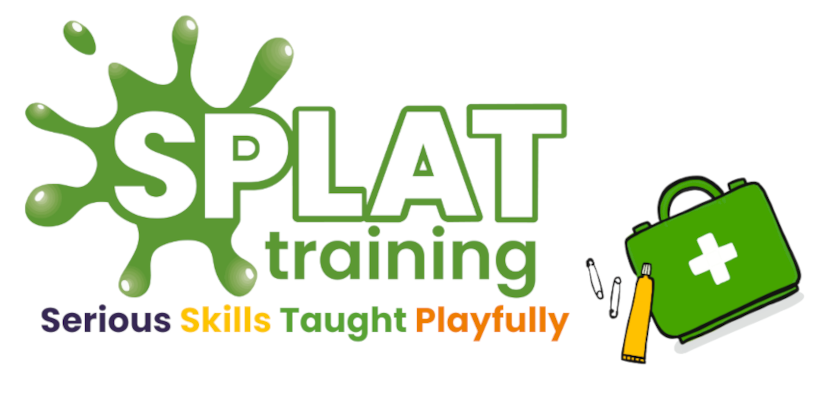CPR and defibrillation: what you need to know…
When someone’s heart suddenly stops (known as sudden cardiac arrest or SCA), every second counts. It’s a scary situation, but knowing how and when to step in with CPR and a defibrillator could make all the difference.
Let’s break it down simply: when to do CPR, when to fetch a defibrillator (or AED), and how to make the best call without panicking.
Start With CPR 🙌
The first thing to do if someone collapses and isn’t breathing is to act fast. Don’t waste time wondering—jump into action with CPR. It might feel intense, but trust us, it’s lifesaving. Here’s how:
- Push hard and fast. You want to push down about 5–6cm deep on their chest at 100–120 beats per minute. Think “Stayin’ Alive” 🎵—it’s not just catchy, it’s perfect for CPR rhythm!
- Let the chest come back up after each push. This allows the heart to refill with blood.
- Don’t stop unless you absolutely have to. Keep the blood moving to give them the best chance of survival.
If there are others around, shout for help! 🗣️
Someone can call 999 📞 and fetch the nearest defibrillator while you keep going.
What About a Defibrillator? ⚡
Defibrillators might sound high-tech and intimidating, but AEDs (Automated External Defibrillators) are super simple to use. They’re designed for anyone to grab and operate, even if you’ve never seen one before.
If you’re wondering when to use one, here’s the golden rule: as soon as you can. The sooner a defibrillator is used, the better the chances of restarting the heart.
See what a defibrillator does here.
But Should You Leave to Get the AED? 🤔
This is where it gets a bit tricky, but don’t stress—here’s how to decide:
- If you’re alone and the defibrillator is very close (like 1–2 minutes away), it might be worth a quick dash 🏃. But if it’s further or you’re not sure, stay and keep doing CPR until someone else arrives.
- If there are others around, great! Send someone to grab the defibrillator while you focus on CPR.
Remember, uninterrupted CPR is the priority. It keeps the blood pumping, giving the person the best shot until the defibrillator or medics arrive 🚑.
How Long Before It’s Too Late for a Defibrillator? ⏳
Here’s the thing: defibrillators work best when used quickly, ideally within the first few minutes. But if it’s been a while, don’t give up hope! Even after 4–5 minutes, using an AED could still save their life.
In the meantime, just keep doing those chest compressions 💪. You’re buying them precious time and giving their brain and organs the oxygen they need.
Key Points to Remember 📝
- Start CPR immediately—it’s the absolute best thing you can do in those first moments. ❤️
- If you can, grab a defibrillator quickly or send someone to fetch it. Use it as soon as it’s in your hands. ⚡
- Don’t stop CPR for long stretches—it’s keeping them alive. 🙌
It’s natural to feel a bit daunted in these situations, but being ready to step up is huge. Whether you’re a total beginner or someone who’s had training, remember that every second of action makes a difference.
And hey, you don’t need to be perfect—you just need to try.
You could save a life, and that’s pretty amazing. 🌟
If you have spotted a defibrillator nearby to your house why not contact your local first aid training provider to see if they will put on an informal CPR and defibrillation session. Although they are very easy to use, and anyone can use them, it is still a great idea to have chance to have a look at it before you might need to use it in real life.

